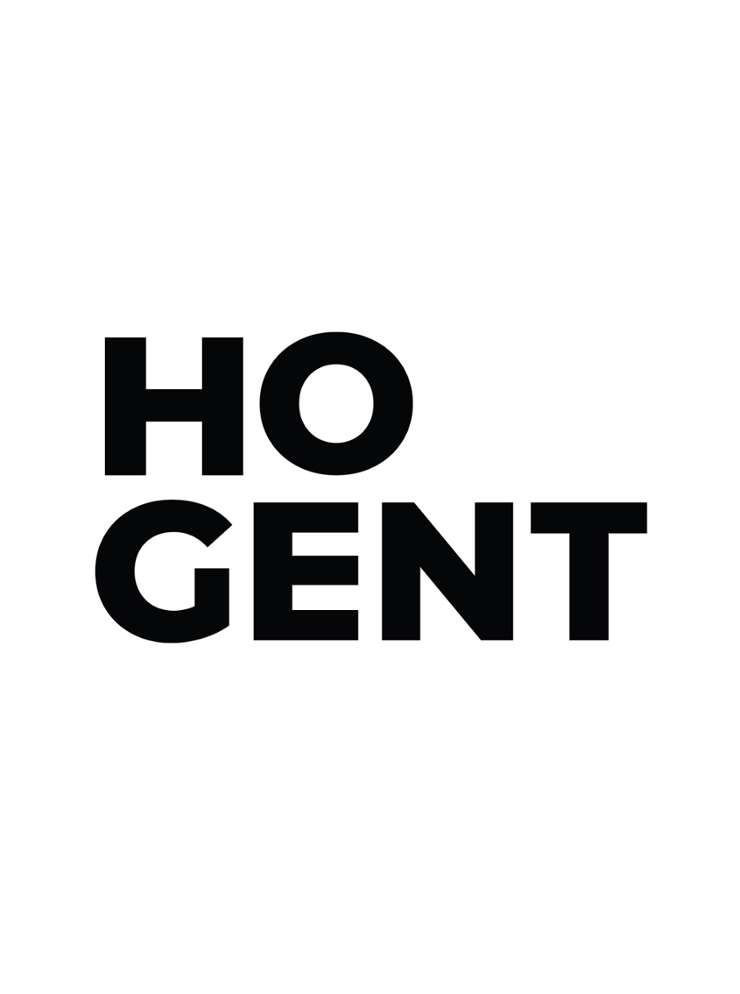News
View all news from the Amsterdam University of Applied Sciences. Looking for a particular news update? Click the magnifying glass at the top of the page to search.
Universities of applied sciences introduce society to quantum technology
Like Europe as a whole, the Netherlands aims to take up a leading position in quantum technology and photonics. However, this will only succeed if the knowledge acquired...

Irena van Nynatten-Janikowska honoured for outstanding contributions to education and global citizenship
The Amsterdam University of Applied Sciences proudly announces that Irena van Nynatten-Janikowska has been awarded the prestigious Royal Honours Award in recognition of h...

AUAS Contributes to HOGENT’s Festival on Art and Justice
During the International Days at the University of Applied Sciences and Arts in Flanders (HOGENT), students and professionals from all over Europe came together with one...

EPIC-WE: advancing youth engagement with cultural heritage through collaboration
On March 21 and 22, 2024, the EPIC-WE consortium gathered at the Amsterdam University of Applied Sciences (AUAS) and the Netherlands Institute for Sound and Vision in Hil...

AUAS Master's degree programs rated highly in the 2025 options guide
The options guide for Master’s degree programmes (Keuzegids Masters) for 2025, which was published today, rates six AUAS Master’s degree programmes particularly highly. T...

Results Circular Wood 4.0: reusing residual wood from the hospitality industry
Creating valuable applications from residual wood is more relevant than ever, as proven by Circular Wood 4.0, a research project done at the Robot Lab of the Amsterdam Un...

The role of U!REKA in an unpredictable and vulnerable European reality
The geopolitical situation in Europe has changed and future developments are difficult to predict. This situation challenges European actors to reflect on their role and...

New Master’s in Applied Quantum Technology Launching in 2025
Four Dutch universities of applied sciences – Amsterdam, Fontys, Saxion, and The Hague launch a Master’s programme in Applied Quantum Technology in September 2025. Enrolm...

How steward-ownership protects corporate mission - a teaching case
How do we prepare students for an economy that not only creates financial value, but also has social and environmental impact? The Center for Economic Transformation at t...

EPIC-WE selected for the European Youth Event 2025!
Fantastic news! The EPIC-WE project, with the participation of the Visual Methodologies Collective, has been selected for inclusion at the European Youth Event (EYE) 2025...

Kim Poldner: 'We need to take time for recovery'
Scientific Director, Kim Poldner, is an authority on regenerative entrepreneurship. Her vision of a fundamental economic transformation that not only reduces carbon emiss...

Winter School connects disciplines and stimulates sustainable textile innovation
From January 27 to 31, the second edition of the NewTexEco 3D Robot Knitting Winter School took place at the 3D Knit Robot Lab at the Amsterdam University of Applied Scie...

How old ideas about knowledge and religion permeate the world of blockchain
Blockchain is presented as a revolutionary technology that will eventually make traditional governments and financial institutions obsolete. Inte Gloerich, a researcher a...

Care Repair selected! Working together towards a circular fashion industry
We are proud to announce that Care Repair has been selected as one of five innovative project ideas within the "Design Power & Transitions" program by CLICKNL! The Care R...

Marta Malé-Alemany is Associate Professor of Digital Production
Marta Malé-Alemany has been appointed Associate professor of Digital Production at the Amsterdam University of Applied Sciences. From the Robot Lab she explores, in her o...

Kim Poldner appointed interim Scientific Director
Effective January 1, 2025, Kim Poldner has been appointed interim Scientific Director of the Center for Economic Transformation (CET). With 20 years of experience as an e...
